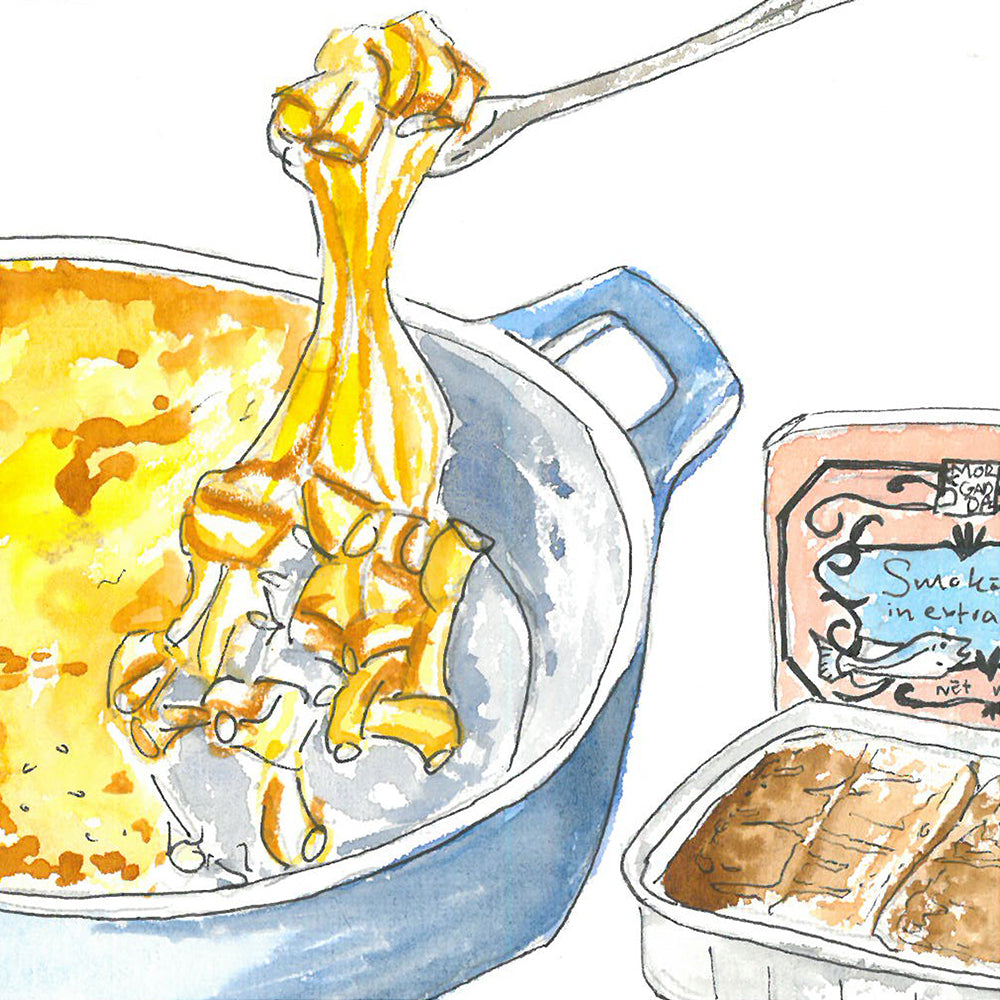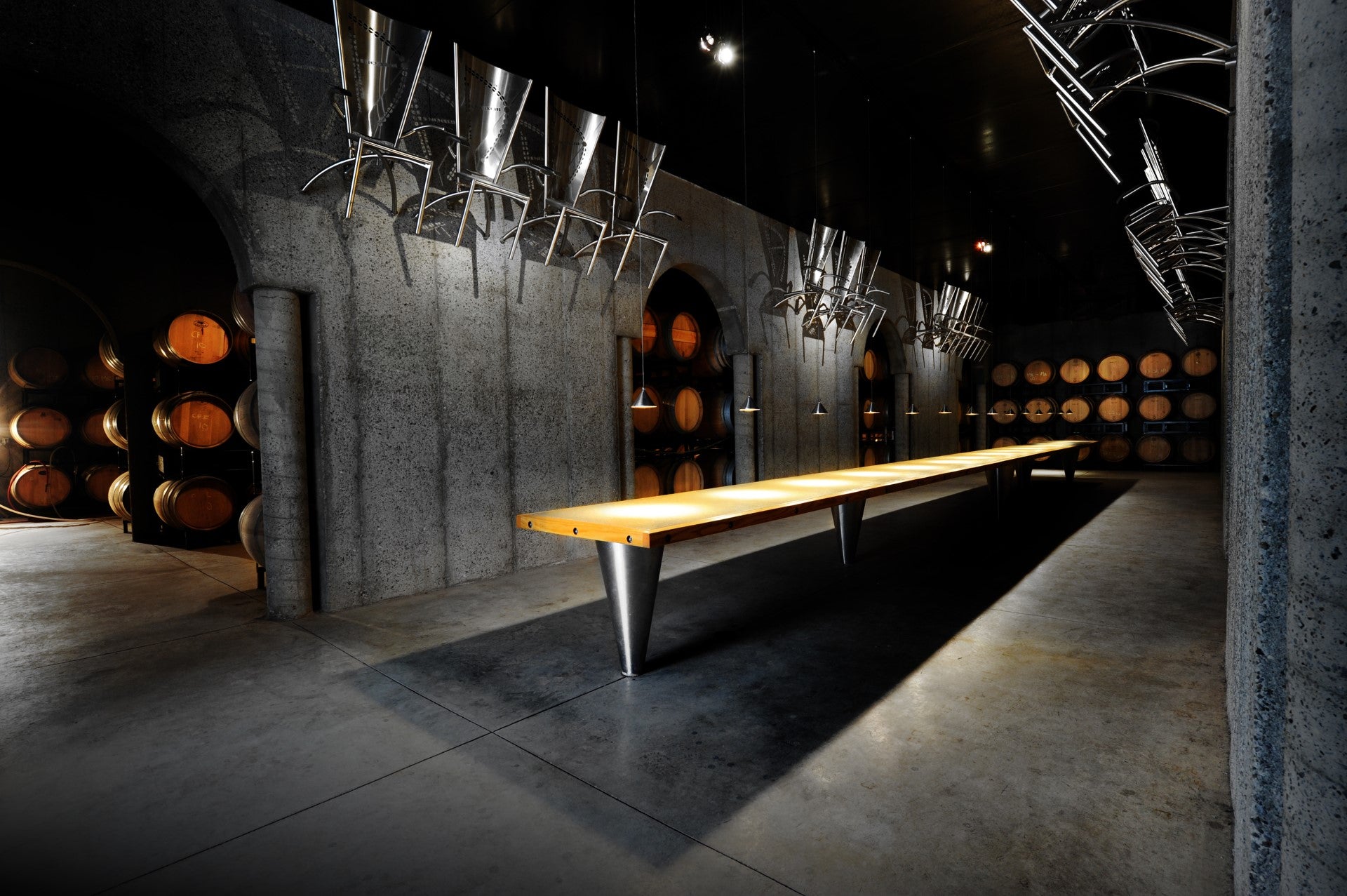At the time of writing this, summer is much too quickly fading away. Cool mornings, earlier sunsets, fog on the meadow, and an extra throw blanket at night heralds autumn’s inevitable arrival. It will be nearly a year from now before ripe summer stone fruit grown locally will be available again. This means supper’s dessert often features the sweet juicy tang of peaches. And while Escoffier might be scoffing in his grave, as a vegan, Nectarine Melba made from readily available ingredients (freshly picked nectarines, dairy and sugar-free vanilla ice cream from a producer in town and wild blackberries ripe and mashed) becomes the star of the supper table, with its fans begging for an encore performance night after night. I’d like to think that if he ended up in the Pacific Northwest and sat down in front of a bowl of peaches, cream, and berries, he’d be too busy eating to talk smack on the “delicate balance of taste” we’ve gone ahead and ruined.
Anything truly rewarding comes with risk, and in the food and wine world, “purists,” - those who like no variation simply because what they know is deemed perfect - are a real pain in the ass. Purists ruin spontaneous and creative pleasure with didactic elitism. They sublimate the joy of tasting something different into right or wrong, good or bad, worthy of praise or worthy of derision. We’re grateful the Pillitteri family decided to take their own risk moving from Sicily to Canada and get into the business of peaches and other summer-favorite fruits. And we’re even more grateful they took the risk to move beyond fruit to wine grapes.
The year is 1948, only a few short years have passed since the end of the War, and Italy is in a state of civil unrest. Unemployment is at an all-time high, the Lira is worth next to nothing, and the anger and resentment for the weakened government grows by the minute. At this point people are Italy's biggest export, crossing borders in search of a better life for their families - they follow work opportunities and kinship ties. Among them are a young Gary Pillitteri and his father Calogero – a hard-working family from Racalmuto in the heart of old-world Sicily. They are winemakers, and even Gary, at just twelve years old, has spent countless hours tending to the vines, pruning in the winter months in his big jacket as the season changes and the buds begin forming, which means the need for green pruning. Many people enjoy the excitement of the harvest, but this part was enjoyable for young Gary. Each vine is different, and like a person has their own life experiences, you can't just treat them all the same. You must step back, observe, and count the buds meticulously, snapping some buds off the branch and leaving just enough for it to flourish. You communicate with them in a sense, getting to know them and build memories together, like when last year you left too many shoots, and it zapped all the water up once the summer months came. You mark time with them.
Gary had learned last year from his grandfather how the flowering of the vines marked 100 days till harvest. This smell was so beautiful, and he revelled in the calmness of this time of year, how the vineyard was no longer in its sleepy state but not yet in the state of madness just before harvest. The vineyard was wide awake then and so was everyone else: cleaning baskets, barrels, and pressing equipment. Preparing the tractor, the secateurs, and the racks for drying the grapes all necessary for the appassimento-style wines. You couldn’t forget the food and wine for the harvesters either or they would riot!
Even though this was not his ideal time of year, Gary thought he would still miss the wonderful, controlled chaos of the season as he packed the luggage for himself and his father and looked at the premade sandwiches wrapped in beeswax paper from his mother. He would even miss his younger siblings. Well, he thought so for a split second! The map his father had given him showed the route they would take, travelling first to Nova Scotia and then west to Niagara where many people from their town had settled. There, they would find a suitable home and then the rest of the family would make the trip.
Nearly a decade later, as Gary grew into adulthood experiencing a new language, new people, new traditions, and new feelings – he had recently become smitten by a young Lena Agro, all proved the risk was so far worth the reward. Lena and Gary instantly hit it off, recounting their fond memories of their hometown, sharing their favourite and least favourite parts of Canada, and discovering they had the same wants in life: a large family, land, and a business that would keep their family secure long after they pass. With their shared wine knowledge, they knew fruit growing would come easily. Gary knew the land would work well for tender fruit and vegetables due to the wide variety of soils present. Common to the area is silt and clay loam, which is the choice for growing grapes, apples, plums, and pears. Most of the sand and gravel soils are along Lake Ontario and the Niagara River. This soil is preferred for growing berries, apricots, and cherries. And of course, those siblings separated by a single gene and fuzz, nectarines and peaches.
Gary remembered reading in local history books how peach trees flourished in temperate parts of Canada almost from the time of the first European settlement. The name gives away some of its history. The Latin name given by the Romans over 2000 years ago was ‘Prunus Persica’ and these ‘Persian plums’ made their way from China near the Pakistani border. Today, peaches still grow wild along the historic Silk Road, and China is still the biggest grower in the world of peaches and nectarines. They then found popularity in Persia and Alexander the Great brought peaches back with him to Europe. The Niagara escarpment was to thank for the flourishing fruit belt and by the late 19th century, the Niagara peninsula was prized for their peaches.
This mass of sedimentary rock, which dates to the pre-glacial period, over which the Niagara River falls, runs along the western edge of Lake Ontario and continues to Door County, Wisconsin. A unique mild micro-climate occurs due to the lake effect and escarpment top. The lake moderates the temperature, keeping the area cooler in the summer and warmer in the winter. During the summer Lake Ontario absorbs heat, cooling the surrounding area. During winter it slowly releases this stored energy; the lake is so deep that to this day, it has never frozen over. The escarpment is important because it reflects the winds from the lake modifying the temperature and providing airflow. This moderated climate allows a longer growing season and helps to protect the tender fruit from frost, making the region one of the best fruit production areas in the country. By 1973, the growing Pillitteri family opened Gary’s Fruit Market to meet the demand for peaches and other fruit that always taste like a perfect summer day.
And of course, the risks didn’t stop there. And neither did the rewards. Pillitteri Wines, like the family’s roots, are borne of migration, from old world to new, under the globalized conditions of necessary movement so folks can live and live well. From Gary’s grandfather to Gary, Lena, their children, and grandchildren, the risks that are inevitably tied to working land for one’s sustenance and future are always many and unknown. Competitive markets and Mother Earth, especially as we humans continue to commit slow (and not so slow!) violence on the soil, water, and air, continually bring risk to such work. But work driven by love and passion, with a purposeful dedication to honouring the land that continually gives so much to us, can lead to great reward.
And so, as summer continually and inevitably fades into autumn, as autumn’s harvest time and winter’s harvest time approach for Pillitteri Winery, it very well may be time to try something new, to take a risk on something you don’t know, and to open your palate and your experiences to something different yet familiar. You don’t have to travel oceans like Gary did, but you can taste the risks and rewards of the Pillitteri vineyards from an unexpected corner of the world tracing its history to a global and millennia-long movement of the simple peach. Indeed, we very well may be enjoying some preserved nectarines and thawed-out blackberry puree this winter along with Reserve Riesling as the Pillitteri’s and their workers get out into the cold for one last harvest for the year. And for now, as the cool evenings approach, there’s something ridiculously comforting and warm in an extra layer and a glass or two of Cabernet Franc as the summer sunset says see you next year.



